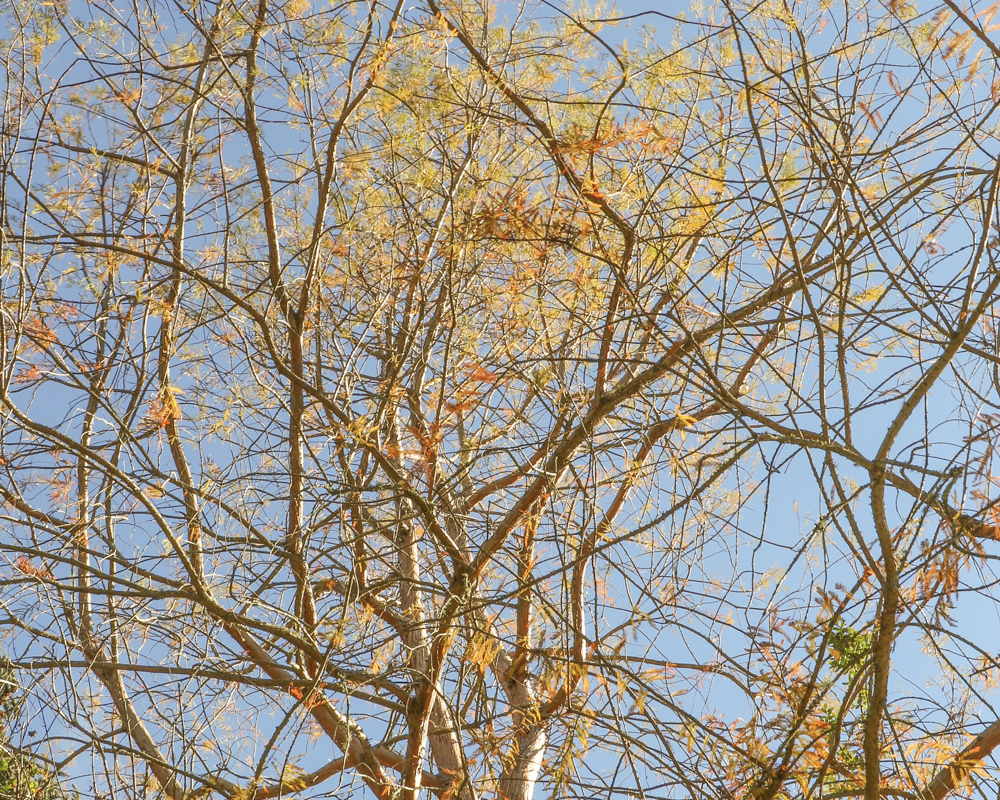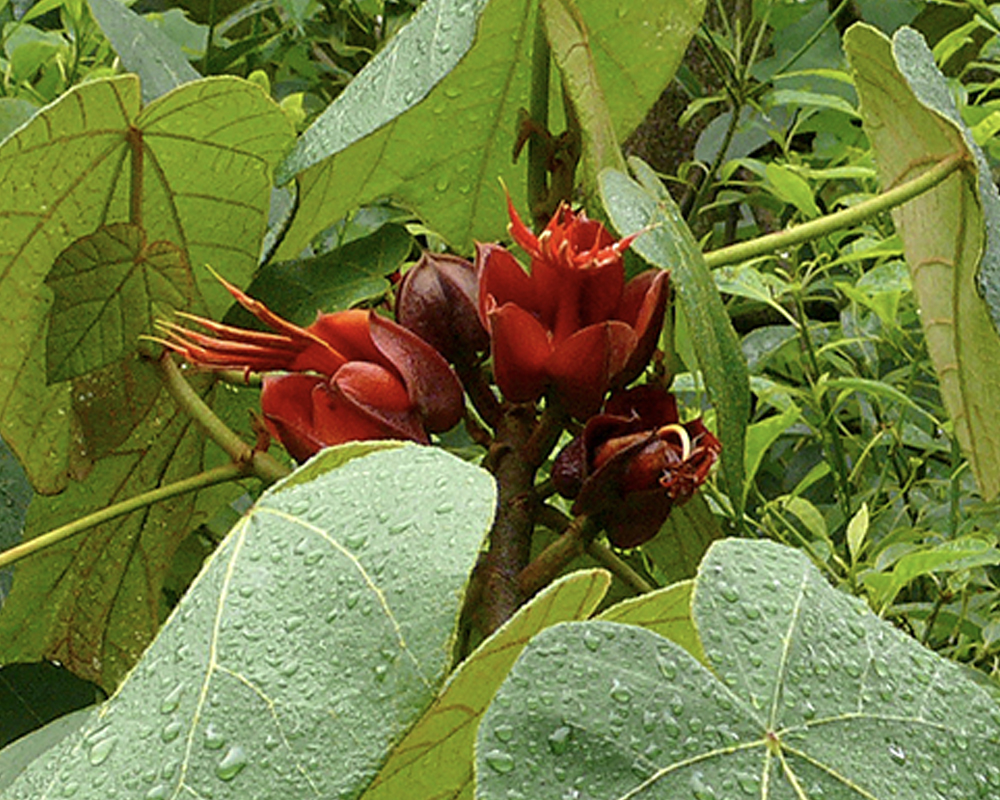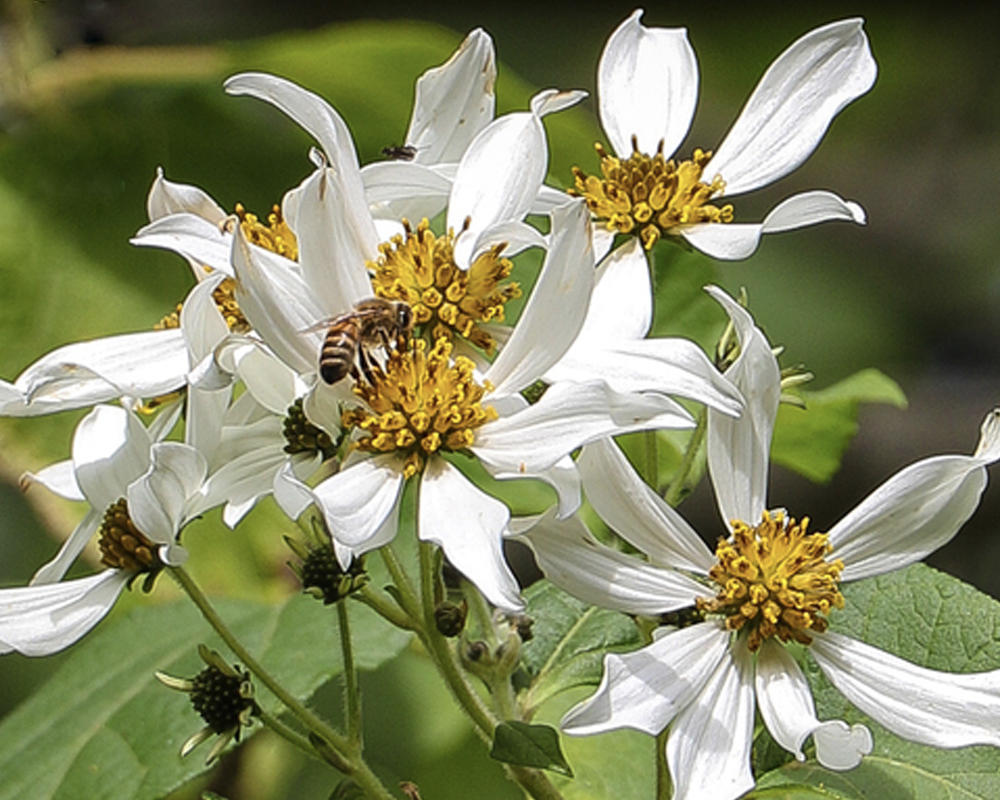
Mexico & Central America
From sturdy cacti and succulents to tropical orchids and vivid bulbs, Mexico and Central America host an incredible variety of plants. The Garden’s collection transports the visitor to the cloud forests of Central America and the pine-oak woodlands of the Sierra Madre Mountain ranges of Mexico.
Collection Highlights
Two major plant communities are represented: cloud forest and pine-oak woodland. The cloud forest community is one of the most unique in the Garden, with many plants from this higher elevation doing well in our coastal Bay Area climate. Rich in salvias and penstemons, this is one of the most floriferous areas of the Garden, especially in winter.
Evergreen cloud forests occur at high elevations where low-level clouds reduce temperatures and provide abundant moisture, even equaling that of a true rainforest environment. In these wet, cool conditions, thick mats of ferns, orchids, mosses, and other epiphytes cover tree branches and trunks. More species of epiphytes live in cloud forests than anywhere else on Earth, and more than 70 species of birds visit the epiphytes to forage food and materials for nest building. Scientists have found evidence that global warming has made cloud forests drier, endangering these unique environments.
Pine-oak woodlands occur in many types of terrain—including plateaus, foothills, and rugged mountains with deep canyons. This community varies from distinct stands of pine and fir trees to areas dominated by oaks.
Our pine-oak woodland community includes agaves and their relatives and a nationally accredited oak collection. Rare species of magnolias, pines, and spruces displayed here are threatened by habitat loss in Mexico and Central America.
Banner: Mexican/Central American Area by Saxon Holt



